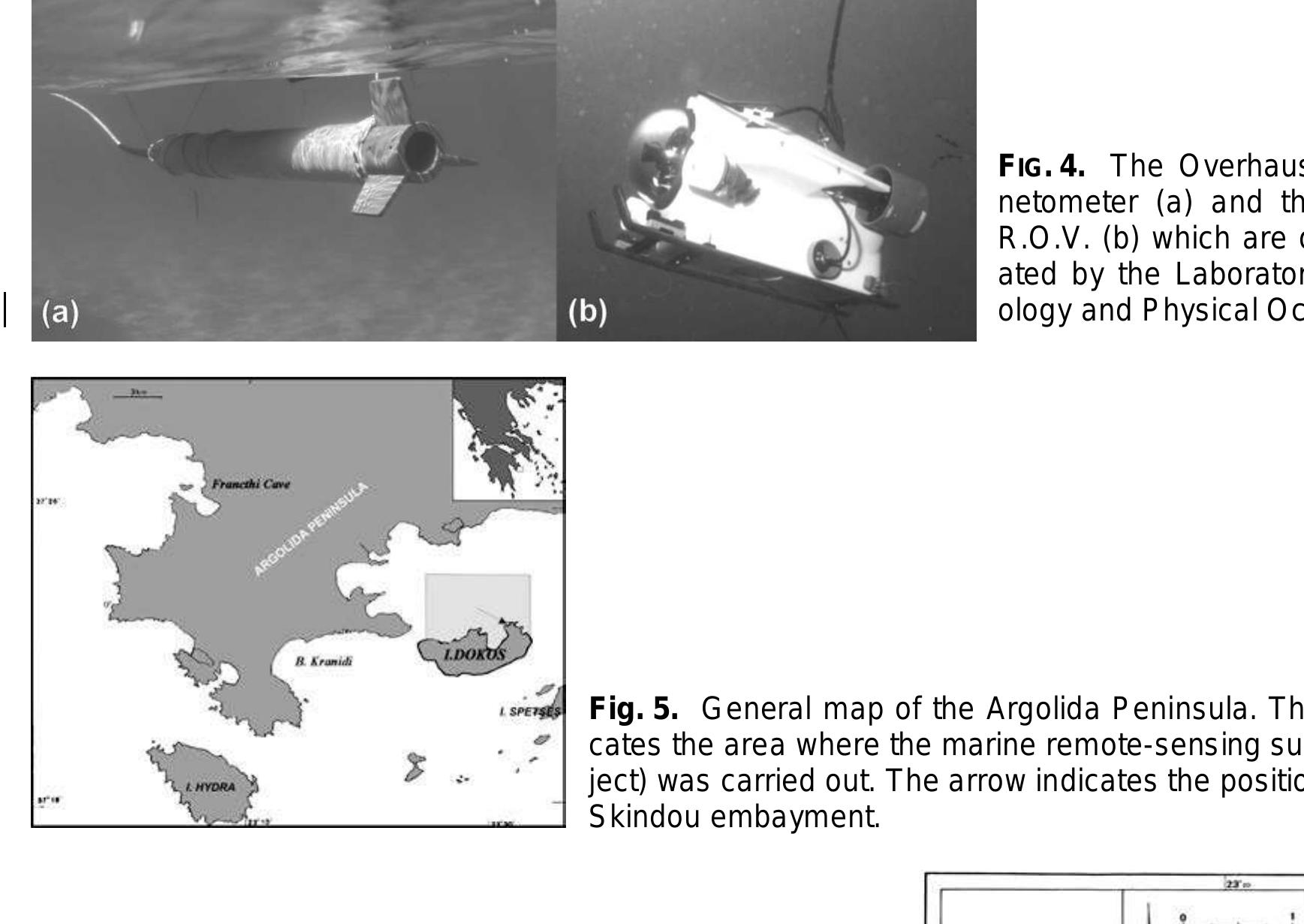Key research themes
1. How can systematic geoarchaeological methods improve discovery and interpretation of submerged prehistoric coastal sites?
This theme investigates methodological approaches to locate, model, and validate submerged archaeological sites on continental shelves, focusing on the use of paleolandscape reconstruction, predictive modeling, and underwater testing. Improving these approaches is crucial to address the scarcity of precontact site data beneath marine transgression zones and to better understand early coastal human behaviors and migrations.
2. What are the sedimentological and taphonomic processes affecting the preservation and identification of underwater archaeological deposits, especially shell middens?
This research theme focuses on understanding the formation, alteration, and preservation of submerged sedimentary archaeological deposits, notably shell middens. Since submerged deposits have experienced marine transgression and sedimentary reworking, studying their sedimentology and taphonomy elucidates conditions that favor their survival and informs minimally invasive sampling strategies, crucial for reconstructing coastal human activities in drowned landscapes.
3. How can interdisciplinary approaches enhance understanding of past coastal human–marine ecosystem interactions and their archaeological signatures?
This theme explores how combining archaeological evidence with geoscientific, ecological, and paleoenvironmental data—such as geomorphology, isotopic analyses, genomic studies, and modeling—yields nuanced reconstructions of human use of coastal and marine environments through time. Interdisciplinary frameworks are critical for deciphering long-term behavioral adaptations, resource exploitation, and technological innovations related to marine settings.


















































